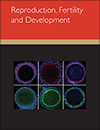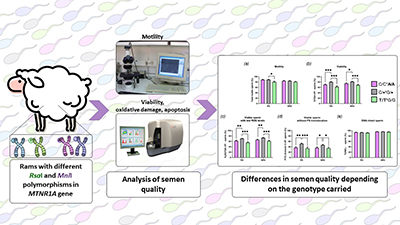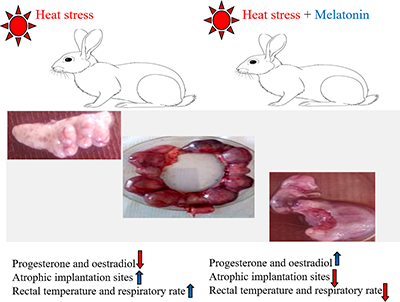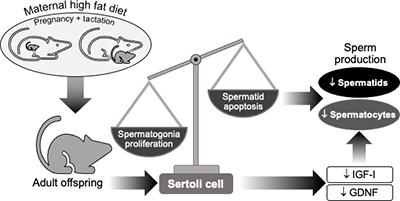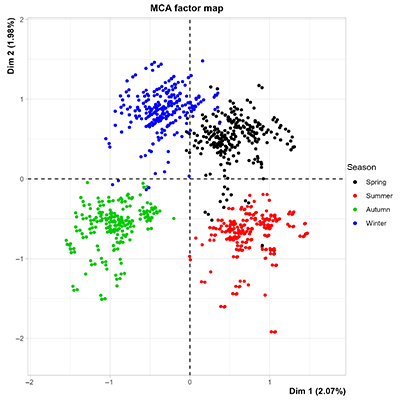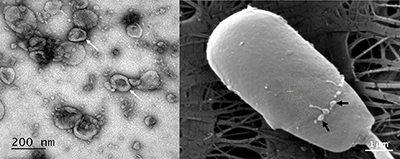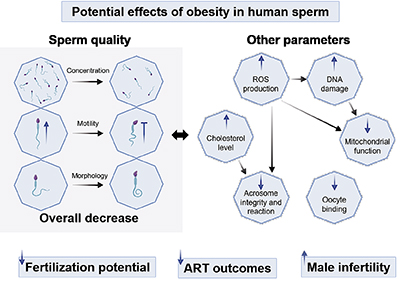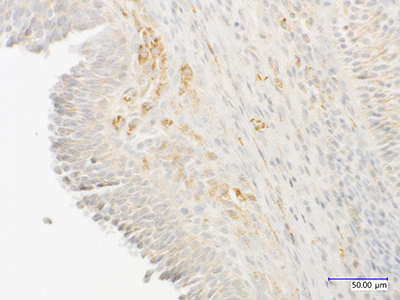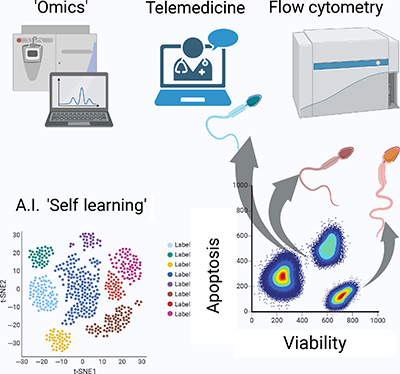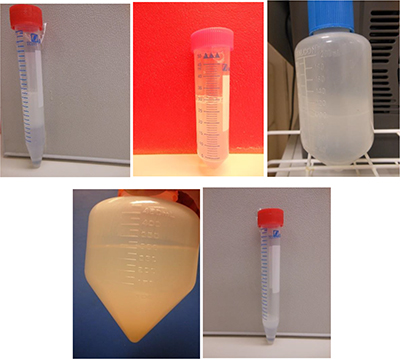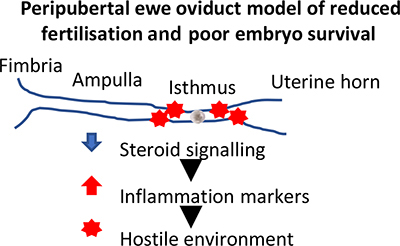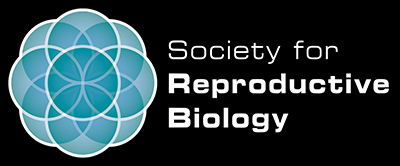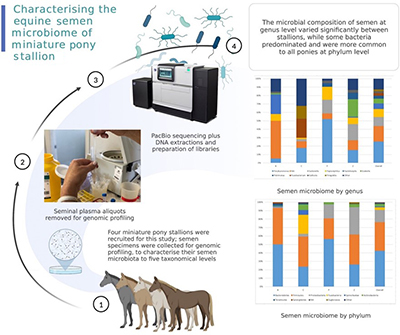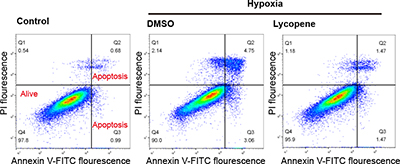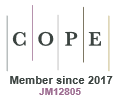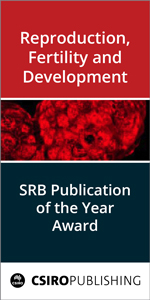RD23235Genotyping of rams based on melatonin receptor 1A gene polymorphisms: a tool in sire selection?
 , Agustí Noya
, Agustí Noya  , Melissa Carvajal-Serna
, Melissa Carvajal-Serna  , Francisco Canto
, Francisco Canto  , María Carmen Sánchez, Eva Letosa, Antonio Vicente, Ignacio Morato, Ángel Macías, José Alfonso Abecia
, María Carmen Sánchez, Eva Letosa, Antonio Vicente, Ignacio Morato, Ángel Macías, José Alfonso Abecia  , Adriana Casao
, Adriana Casao  and Rosaura Pérez-Pe
and Rosaura Pérez-Pe 
Some variants of the melatonin receptor gene affect seasonal reproduction in sheep, but it is not clear how they affect males and their spermatozoa. This study explores the impact of two genetic variants of the melatonin receptor gene on ram seminal quality throughout the year. Results revealed that there is a detrimental effect on seminal quality, more pronounced during the reproductive season, depending on the variant carried, which highlights the potential of genotyping for optimal sire selection in breeding programs. Image by Victoria Peña-Delgado.
This article belongs to the Collection Dedication to Jim Cummins.
RD23235 Abstract | RD23235 Full Text | RD23235PDF (1.8 MB) | RD23235Supplementary Material (729 KB) Open Access Article


